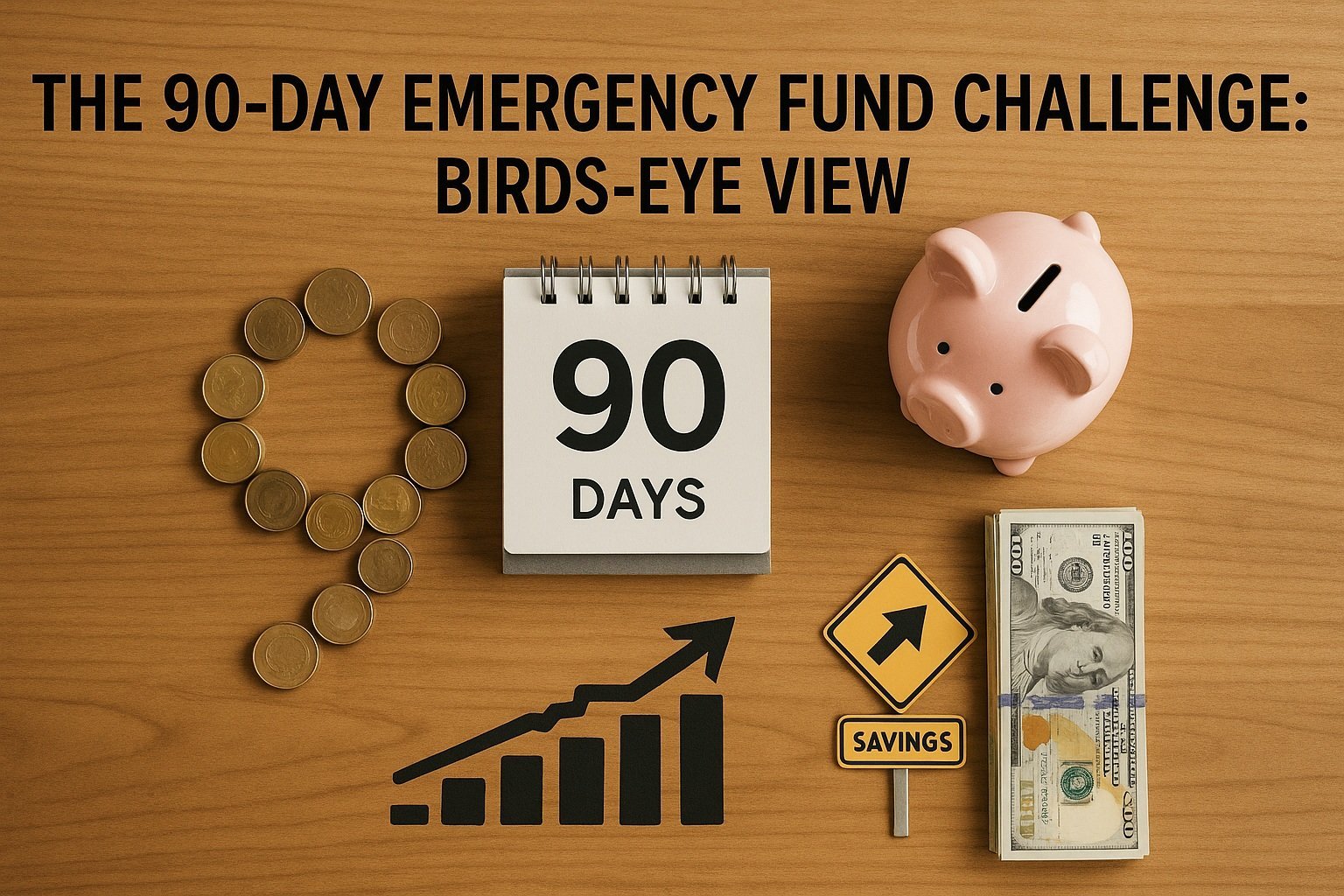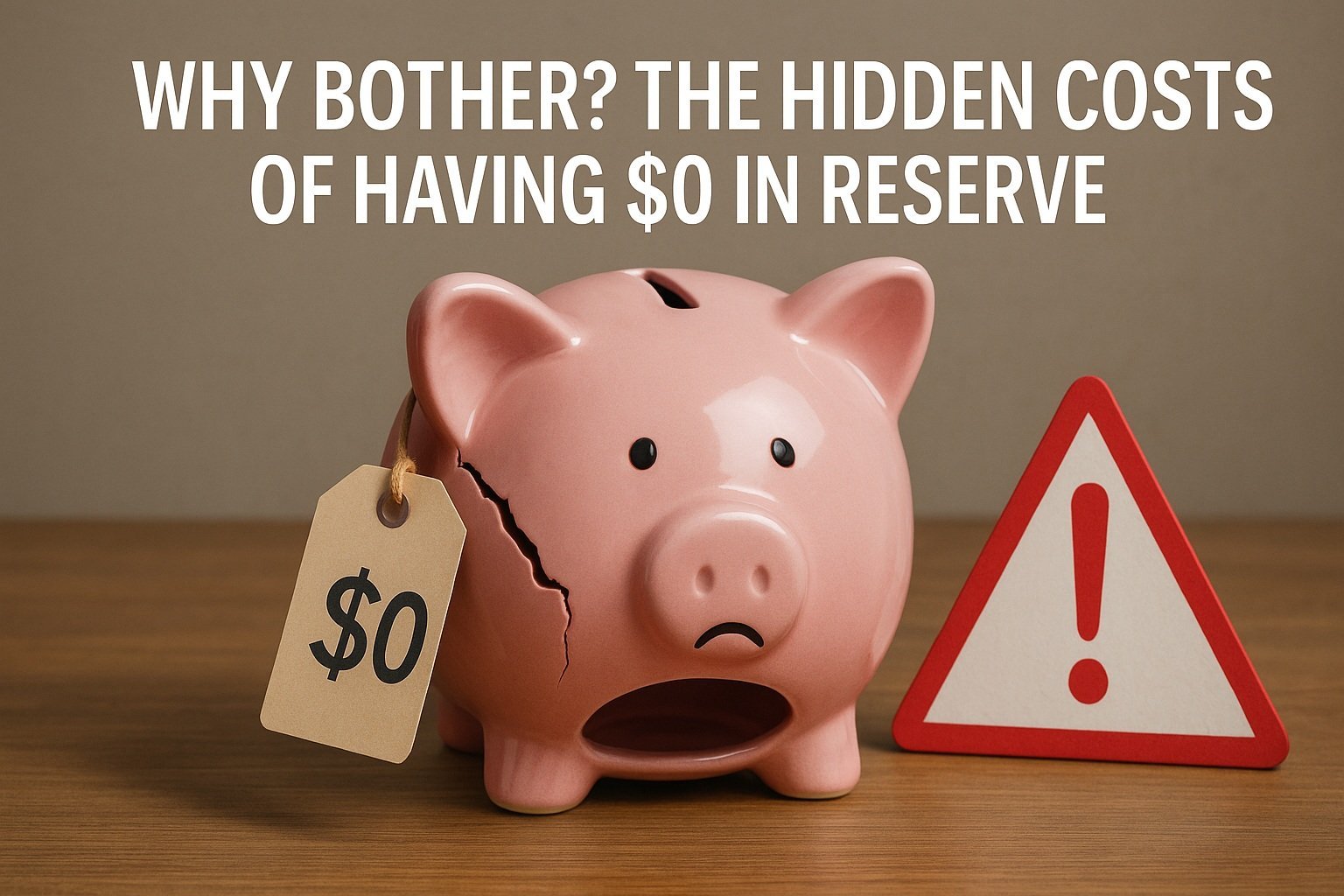
How to Build Emergency Funds From Zero in 90 Days
An emergency fund is a cash cushion kept in a safe, easy-to-reach account. Think of it as body armour for your wallet. When an unexpected expense strikes – a blown tire, a sudden medical bill, or a surprise layoff – emergency funds let you pay the bill without sliding into debt. Yet millions of people still live pay cheque to pay cheque and feel one hiccup away from panic.
Over the next several thousand words you will discover a ninety-day road map that starts at zero and ends with a starter fund of one thousand dollars or more. Everything here follows a simple weekly schedule, backed by practical money habits that even busy families can maintain. We will walk through three distinct phases, sprinkle in quick-win income ideas, and finish with advanced tactics plus a People Also Ask-style FAQ. By Day 90 you will not only have cash in the bank but also the confidence that comes from real financial breathing room.
Why Bother? The Hidden Costs of Having $0 in Reserve
Living without emergency funds is more expensive than most people realise. Late fees, overdraft penalties, high credit card interest, and payday loan charges pile up fast. The stress is just as costly. Studies link financial anxiety to higher blood pressure, poor sleep, and lost productivity. A single two-hundred-dollar emergency can derail a budget and trigger a cycle of borrowing that lingers for months.
When cash is already tight, every surprise feels like a threat: an appliance dies, a pet needs a vet visit, or a child breaks a tooth playing soccer. With no buffer, you reach for plastic, borrow from friends, or skip other bills. Those choices cost extra money, damage credit scores, and drain emotional energy. On the flip side, even a small cash reserve flips the script. You pay in minutes, avoid interest, and move on with zero drama. That peace of mind is the first dividend your emergency funds pay.
The 90-Day Emergency Fund Challenge: Birds-Eye View

Our mission is simple: pile up the first $1,000 in three months. That amount is not a full three-month reserve, but it does handle common curveballs like co-pays, tire replacements, or a week of missed income. The challenge breaks down into three thirty-day phases:
-
Audit and Trim – free up hidden money already leaking out of your budget.
-
Accelerate Cash-Inflow – stack extra income on top of new savings.
-
Protect and Grow the Stash – make the habit automatic and keep the fund safe.
Each phase contains specific action steps that you tackle one at a time. Follow them in order, check them off, and watch the balance grow.
Phase 1 (Days 1-30): Audit & Trim
Phase 1 focuses on clarity. You discover where your money is really going, plug obvious leaks, and reroute the freed-up cash into emergency funds before it disappears again.
Track Every Dollar for 7 Days (apps or spreadsheet)
For one week, write down every single transaction, no matter how small. Use a budgeting app, a plain spreadsheet, or pen and paper. This exercise shines a light on stealth spending that usually flies under the radar: vending-machine snacks, ride-share tips, random app subscriptions, and so on. Awareness alone often saves thirty to fifty dollars in the first week because you naturally think twice before swiping.
Make tracking frictionless. Link accounts to an app that auto-downloads transactions, or keep a running note in your phone. The goal is not judgement but data. At the end of seven days you will see patterns that scream for action.
Identify “Trim or Kill” Expenses (subscriptions, impulse buys)
Open the tracker results and highlight anything that is non-essential, underused, or invisible. Popular trim-or-kill targets include:
-
Multiple streaming subscriptions when you mostly watch one service.
-
Unused gym memberships.
-
Food delivery fees stacked onto every dinner.
-
Bank account maintenance charges that better institutions waive.
Cancel, pause, or downgrade at least three of these items today. Average savings: fifty to one hundred dollars per month. Redirect that exact amount into your new emergency fund account as a recurring transfer.
Adopt reverse budgeting – pay yourself first and live on the rest
Traditional budgets list income at the top and divide it among bills, groceries, and entertainment; savings get whatever remains. Reverse budgeting flips that order. Decide on a fixed emergency fund transfer (for example, twenty-five dollars each payday) and move it out of checking the moment income arrives. Automation turns saving from a hope to a habit. You then live on the remaining balance, which forces smarter day-to-day choices without constant willpower battles.
By the end of Phase 1 you should have one hundred to three hundred dollars stacked in the fund, a tracking habit in place, and a leaner recurring-expense profile.
Phase 2 (Days 31-60): Accelerate Cash-Inflow
With leaks plugged, it is time to widen the pipe. Extra income pours petrol on the savings fire.
Quick Income Wins (sell unused items, weekend gig)
Walk through your home and identify anything you have not touched in six months: gadgets, small appliances, designer clothes, gaming consoles, or hobby gear. List at least five items on a local marketplace or auction site. On average, casual decluttering generates two hundred dollars.
Pair that one-off windfall with a small, flexible side gig. Popular examples:
-
Deliver groceries or take-out for three hours on a Saturday.
-
Babysit or pet-sit in your neighbourhood.
-
Offer simple freelance tasks online: proofreading, voice-over work, or graphic design templates.
Aim for at least fifty dollars of side-hustle income per week during Phase 2. Funnel every cent directly into emergency funds the day you receive it.
Negotiation & Re-shop Essentials (insurance, mobile, streaming)
Loyal customers rarely get the best price. Gather three quotes for home or car insurance and switch if you can shave off ten percent or more. Call your mobile carrier and ask about retention deals or light data plans. Combine streaming with friends through legal shared-plan tiers, or rotate services instead of paying for all at once.
Document each successful negotiation in a running savings log. Monthly reductions count as income because they permanently lower outflow. Redirect the difference to the fund. Even two small wins can add another forty to sixty dollars per month.
Automate Transfers the Same Day Your Pay cheque Lands (split deposit)
Contact payroll or set up bank rules that split each pay cheque: ninety percent to checking, ten percent straight to savings. Automation removes the temptation to dip into cash meant for emergencies. If a percentage feels tricky, start with a fixed dollar amount and increase it after every raise.
By Day 60 many people reach six hundred to eight hundred dollars saved. More importantly, two full months of consistent behaviour rewires your financial routine.
Phase 3 (Days 61-90): Protect & Grow the Stash
The final stretch hardens your system so the money stays put and continues to grow.
Choose the Right Parking Spot
Place emergency funds in a high-yield savings account or money market account that offers quick access yet keeps daily spending at arm’s length. Key features to compare:
-
Interest rate above the national average.
-
No monthly maintenance fee.
-
FDIC or NCUA insurance up to the legal limit.
-
Same-day or next-day transfer speed – back to checking.
A separate institution works best because you cannot accidentally spend the money with a single debit card swipe. Interest nudges the balance upward each month without effort.
Set Speed Bumps (separate bank, 24-hr transfer delay) to reduce “raids”
Behavioural science shows friction discourages impulse decisions. Two simple speed bumps:
-
Separate bank login – a different username and password reduces one-click temptation.
-
Transfer delay – choose accounts that take twenty-four hours to move funds back to checking. Most real emergencies can wait a day, and that pause eliminates many false alarms.
Textbook emergencies include medical bills, urgent car repairs, or sudden income gaps. A flash sale on a new phone does not qualify.
Schedule a 15-Minute Monthly Review
Open your savings ledger at the same time every month, ideally after payday. Check the balance, celebrate growth, and note any withdrawals. Use the review to raise your automated transfer if your income has climbed or expenses have fallen. Consistent micro-reviews keep the habit fresh and motivate you to push for the next milestone.
By Day 90 you should see one thousand dollars or more on the statement. That financial cushion is your starter shield.
Advanced Tactics After Day 90
Congratulations on finishing the challenge. Here’s how to reinforce the habit and earn more yield without compromising safety:
-
Micro-saving apps that round up debit purchases to the nearest dollar and sweep the spare change into emergency funds. Passive deposits accumulate dozens of dollars per month.
-
Cashback stacking: use a zero-fee credit card solely for planned purchases, earn the cashback, and pay the balance in full each month, channelling the rewards into the fund.
-
Certificate ladder: once your fund exceeds three months of expenses, consider parking the excess in staggered three-month certificates of deposit. The ladder unlocks a slice every thirty days, keeps money safe, and often pays higher interest than a standard savings account.
-
Debt-snowball split: if you still carry high-interest debt, allocate part of each new dollar to debt payoff and part to emergency funds. This balanced approach protects you against surprises while steadily reducing interest costs.
Mistakes That Blow Up Your Buffer
-
Investing in volatile assets like stocks or crypto. Market swings can slice value exactly when you need cash.
-
Treating credit cards as a fund substitute. Revolving debt is not an emergency solution; interest erodes future income.
-
Ignoring small leaks after Day 90. Lifestyle creep snaps back the moment you stop tracking. Maintain the monthly review.
-
Dipping into the fund for predictable expenses such as annual insurance premiums or holiday gifts. Those belong in separate sinking-fund buckets.
-
Forgetting to update transfers after a raise. Stagnant contribution rates fall behind inflation over time.
FAQ (targets real People-Also-Ask queries)
| Question | Short Answer |
|---|---|
| How much should be in an emergency fund? | Build one month of bare-bones expenses first, then grow to three to six months as income allows. |
| Where should I keep my emergency fund? | Store it in a separate high-yield savings or money market account that is FDIC or NCUA insured. |
| Can I build an emergency fund while living pay cheque to pay cheque? | Yes – start with tiny automatic transfers such as five dollars a week and add side hustle income. |
| Should I pay off debt or save an emergency fund first? | Save a one-thousand-dollar starter fund, then split extra cash between debt payoff and further savings. |
| Is it smart to invest my emergency fund? | No – the goal is safety and liquidity; keep the money in a stable, low-risk account. |





